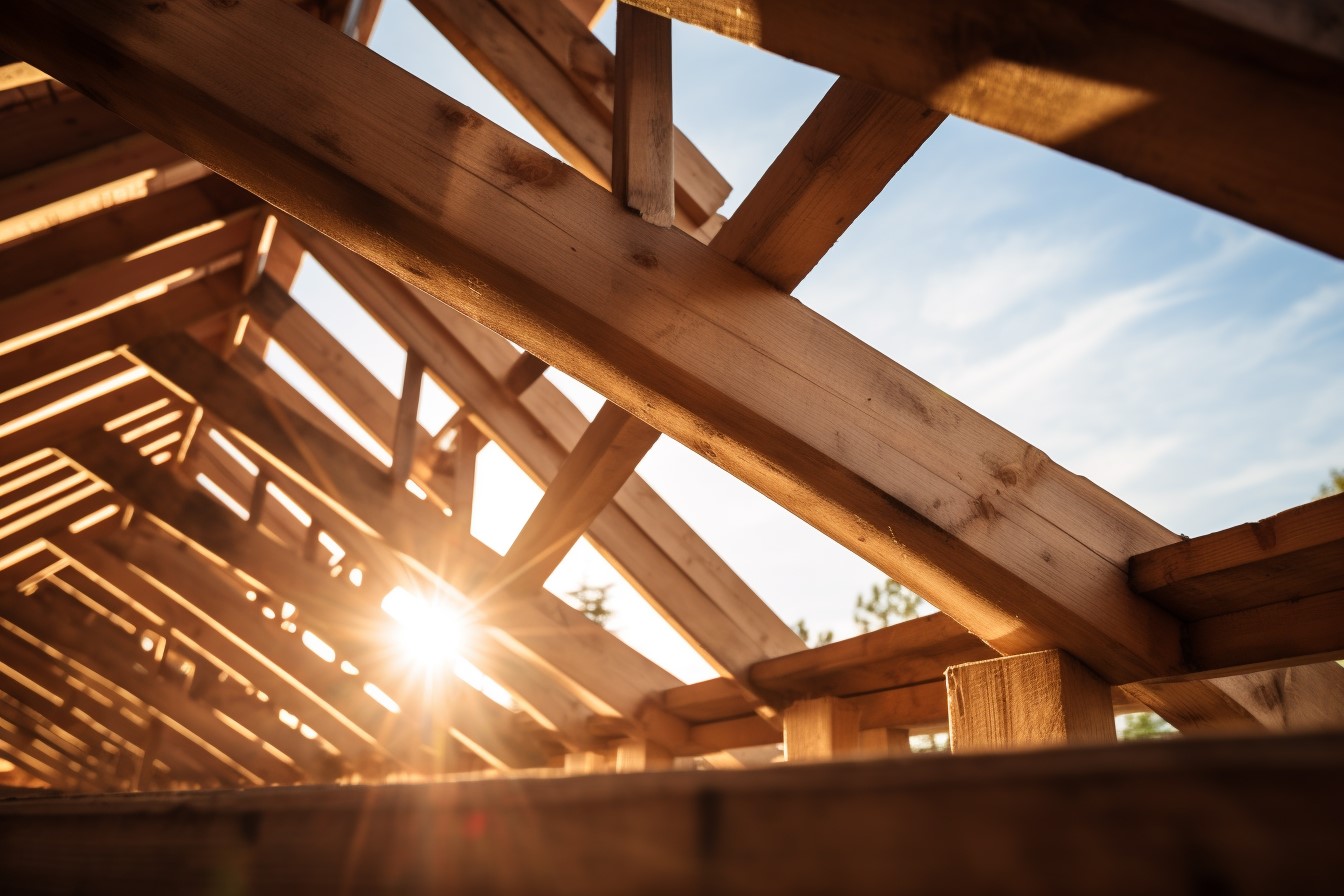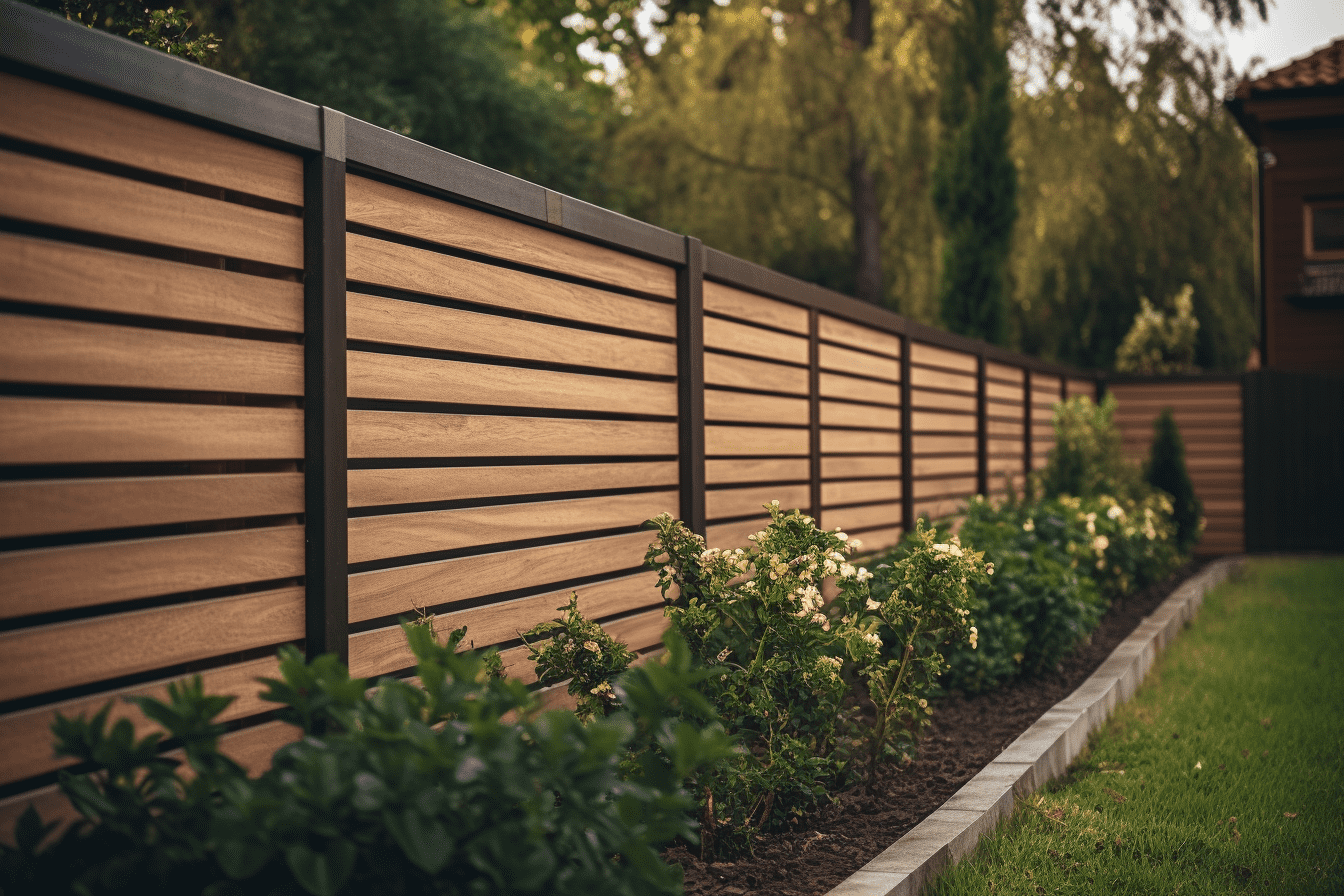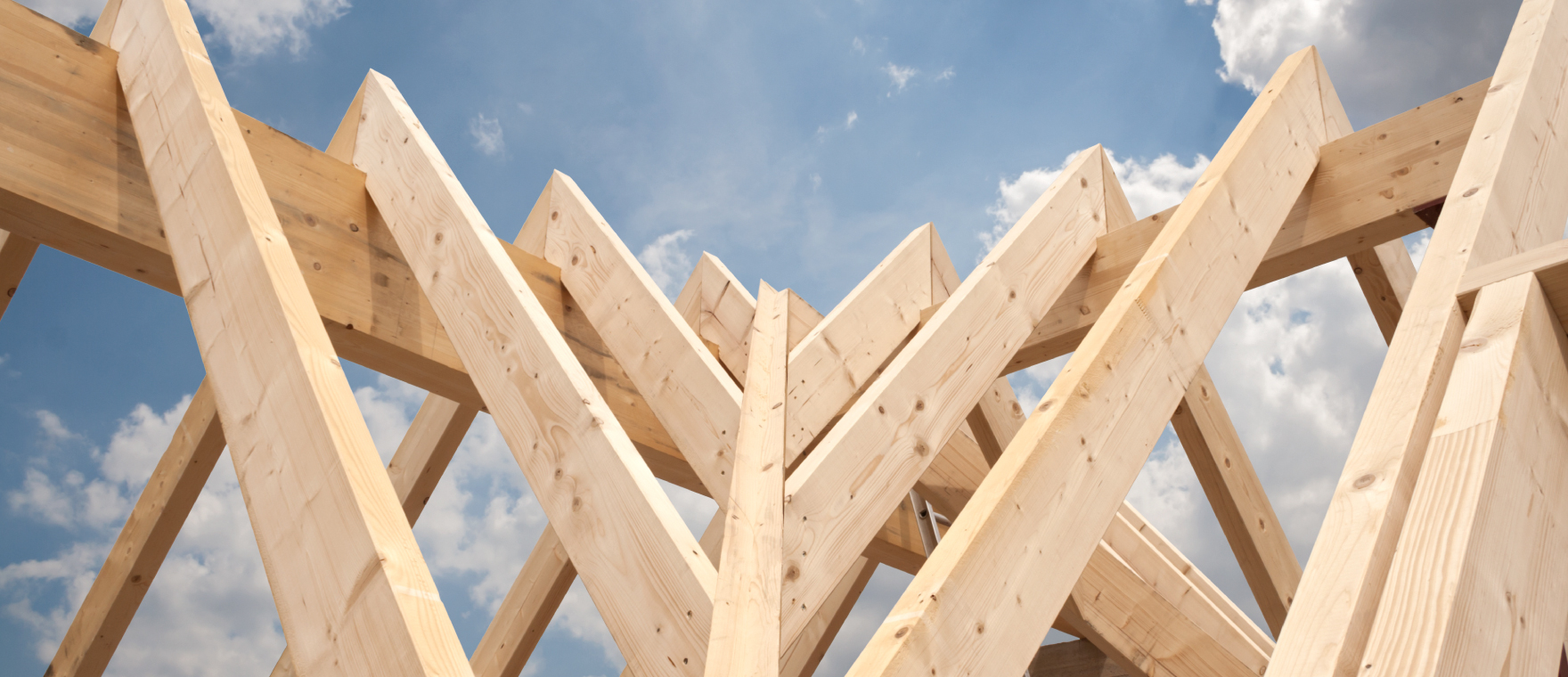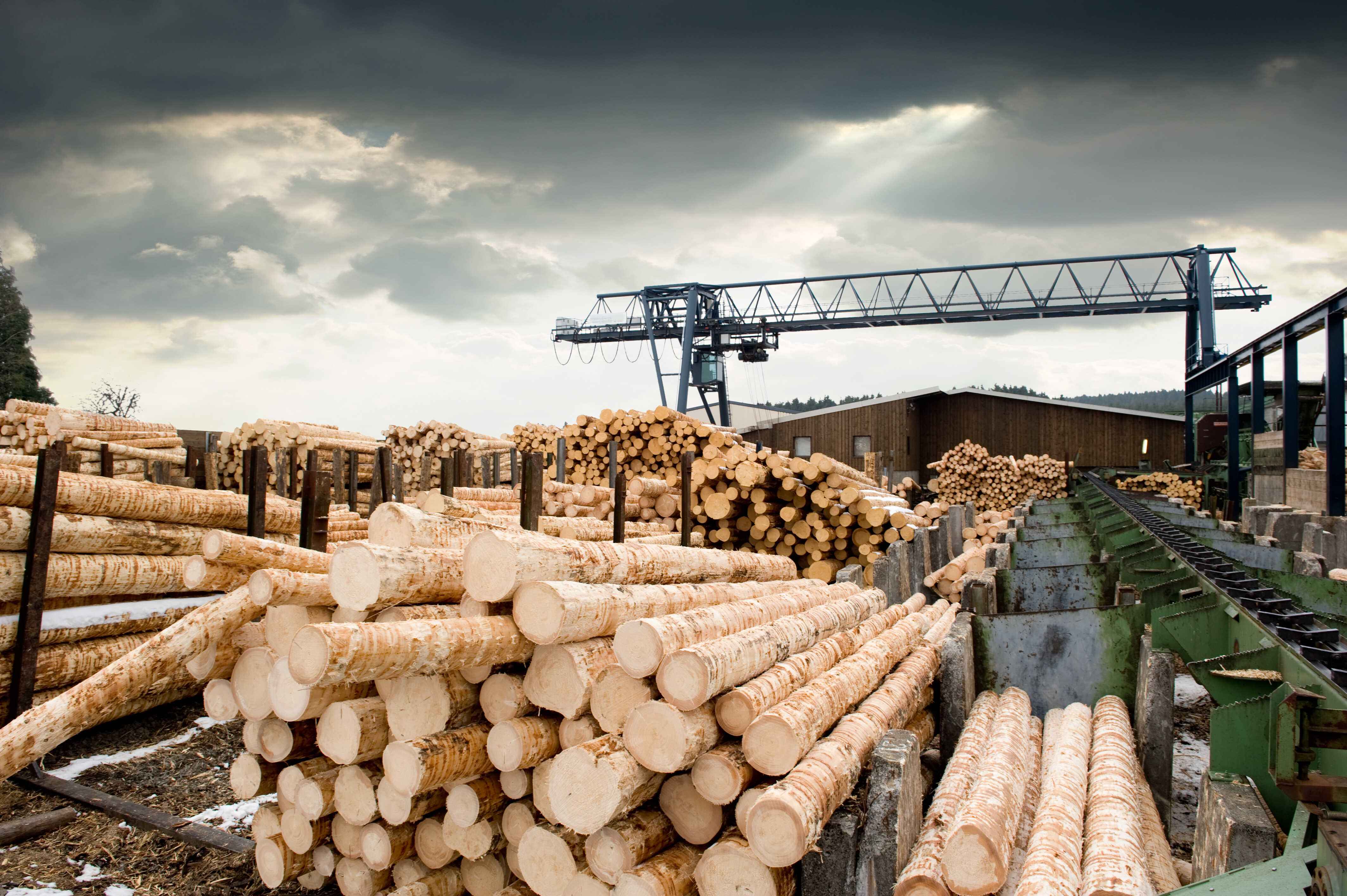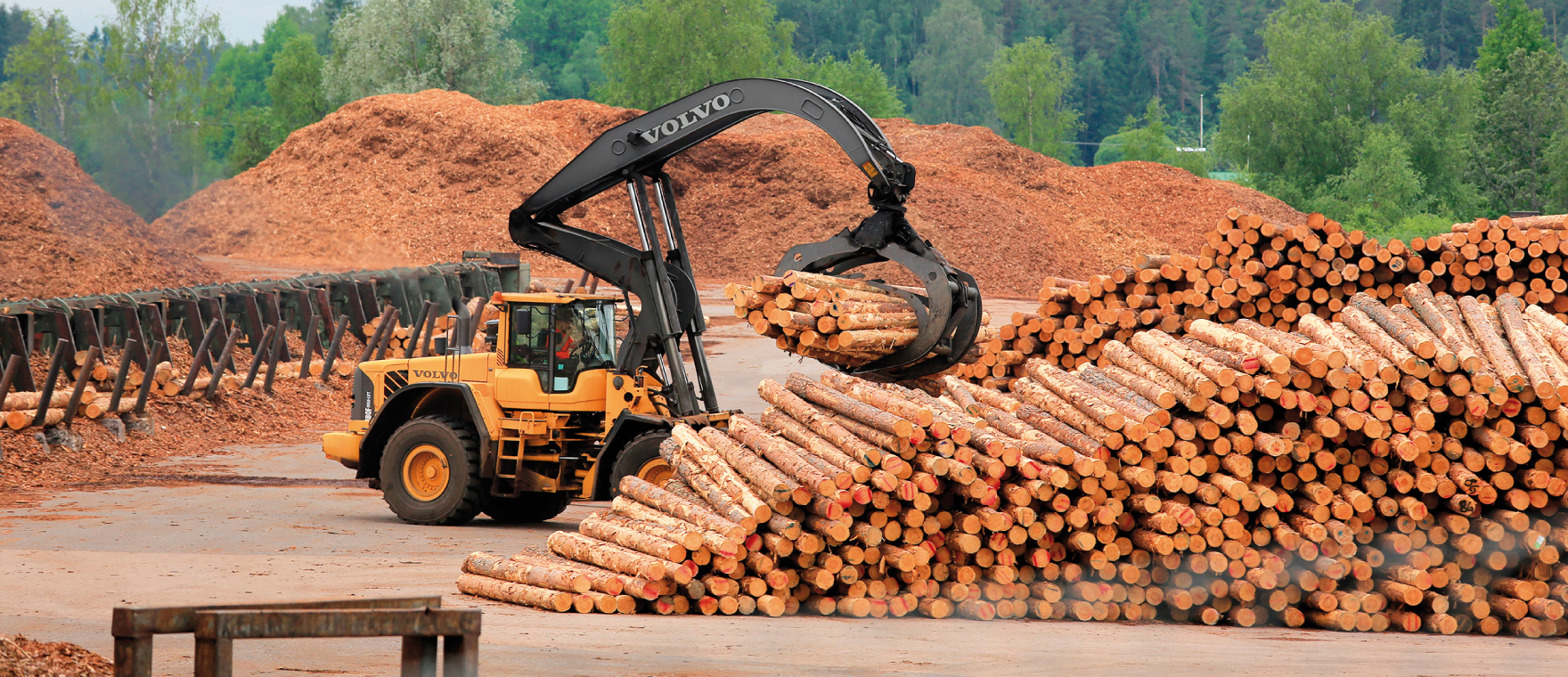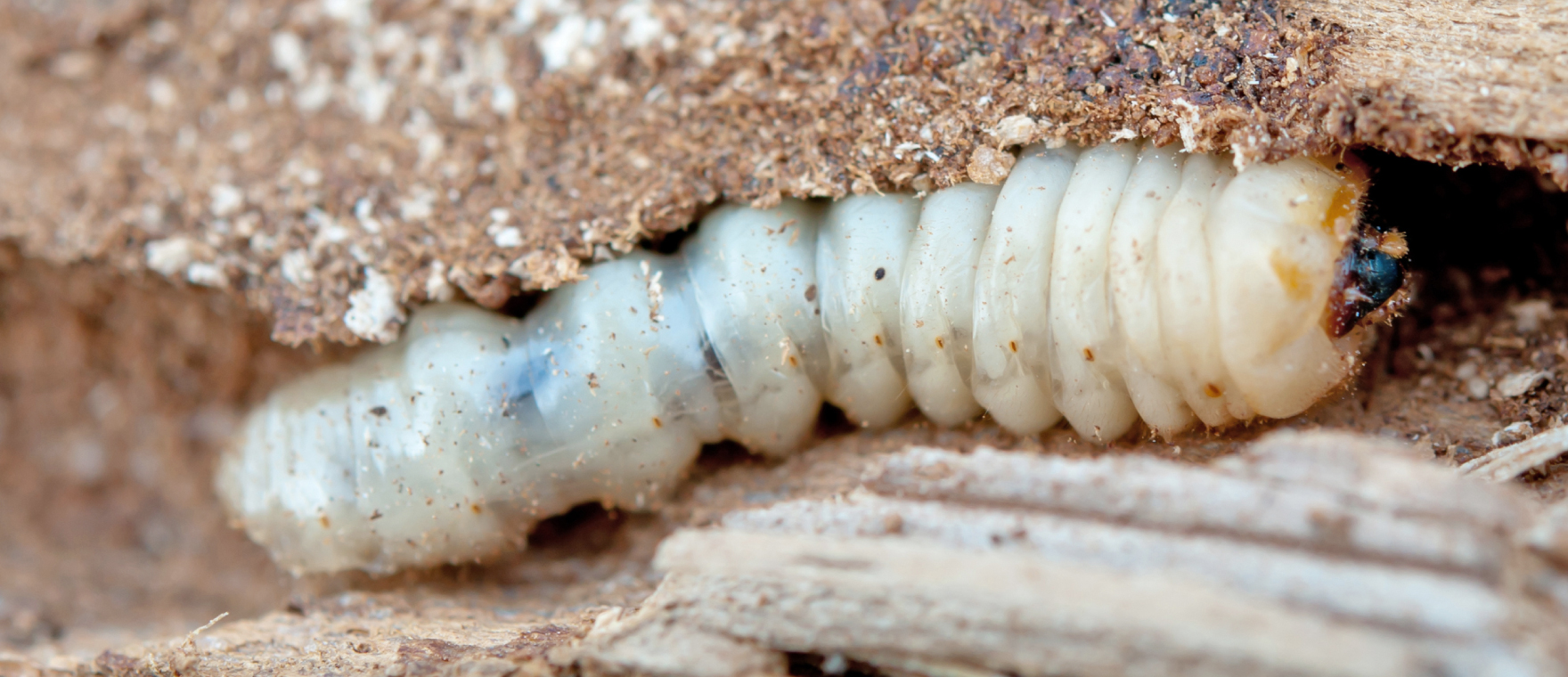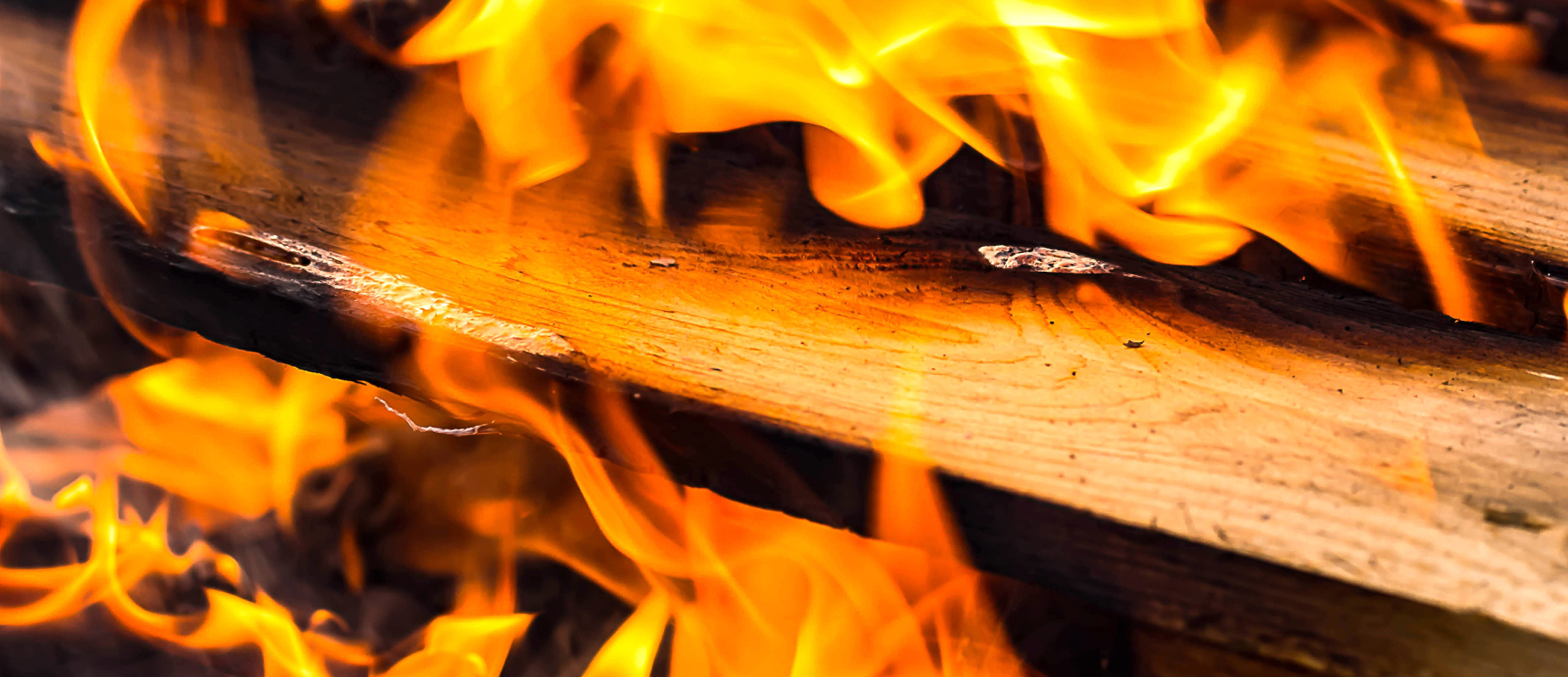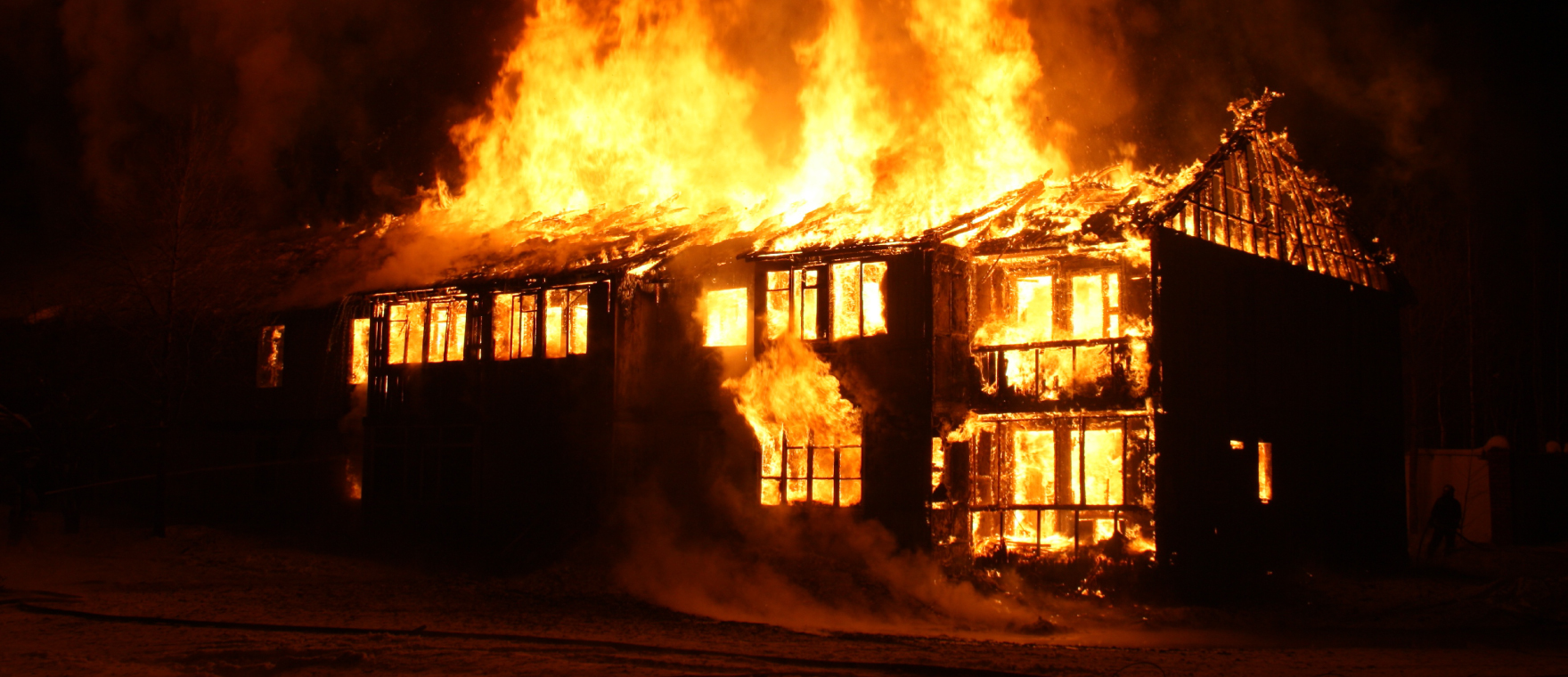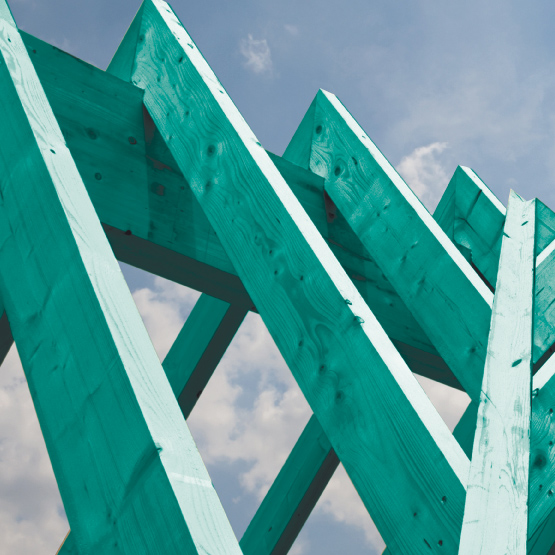- Wood protection
- About Impregnation
- Frequently Asked Questions
Frequently Asked Questions
Why should I use chemicals to impregnate timber?
Timber can have a long useful life under favourable conditions, but it must be structurally protected from conditions conducive to pest infestation. This applies both to indoor and outdoor timber, with the latter also being exposed to greater humidity due to rainfall.
More and more investors are realising that the risk of infestation from wood-decaying pests is on the increase due to construction errors that can cause rain to leak in and vapor condensation to occur under variable temperatures, as well as due to horizontal surfaces on buildings that cannot drain easily. Even the best-designed projects cannot make certain that no errors are made during all parts of construction. Moreover, construction timber often has a much greater humidity content than the recommended 20%.
In this event, wood impregnation serves as a safeguard against potential problems. This safeguard might never be needed during the building’s lifetime, but if these situations do arise we will be glad to have such protection in place, to have thought about prevention in advance and to have prevented any potential complications and repair costs connected with infested timber.
Let's imagine a situation where we build a 15m x 10m home with a value of 115,000 EUR. We use 8 m3 of battens for the roof. The price of professionally impregnated roof timber, bought from the sawmill, is approximately 1,692 EUR. Untreated timber can be bought for approximately 1,500 EUR. This is a difference of 192 EUR (0,16 % of the value of the house), which is well worth paying if you want to sleep at night!
Read more about how to impregnate timber here.
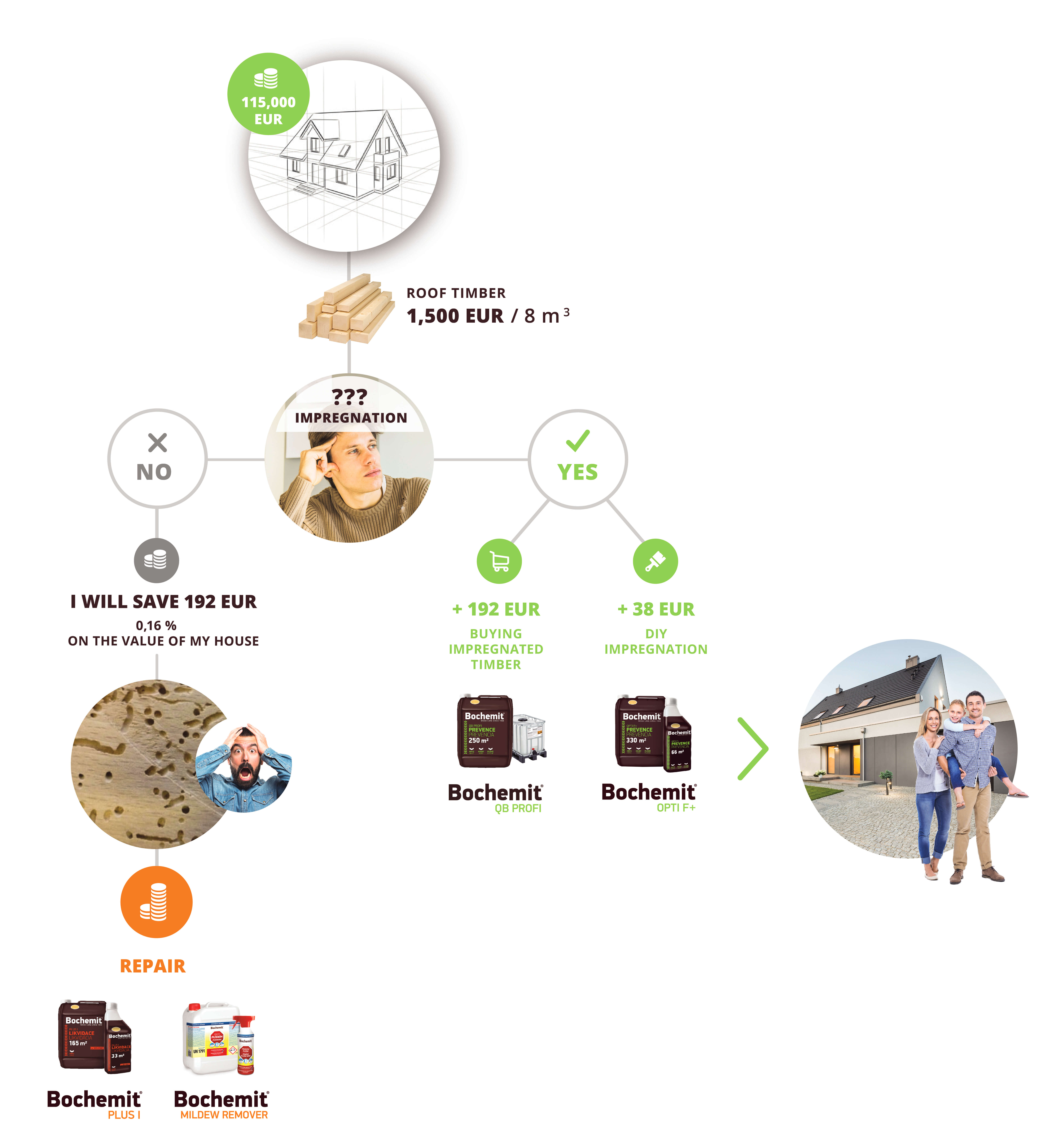
Roofing membrane and/or impregnation of roof timber against pests?
Based on tests that have been carried out, the study of commonly available information and our long-term knowledge we have come to the conclusion that:
Preventive chemical treatment of roof timber is a measure that clearly leads to prolonging the lifetime of a building. On the other hand, choosing the wrong roofing membrane can be the factor that, due to a combination of circumstances, can lead to a shortening of the lifetime of a building and the need for reconstruction. So, it is better to build a roof from impregnated wood which will last for decades, with or without a membrane, than only relying on a membrane without impregnation because:
- Wood impregnation has been used in the construction of roofs for a long time. Long before impregnation as we know it today, and even Bochemit has been successfully used for more than 50 years, creosote oils, for example, were commonly used to protect roof constructions. And these roofs are still functional, undamaged and uninfested today.
- Impregnation, if it is done properly according to the instructions, protects the wood under the roof indefinitely, i.e. for the entire lifetime of the building.
- Roofing membrane has a stated normal lifetime of around 15 years and that is very short given the planned lifetime of the building. This means that over time roofing membranes degrade even without contact with impregnated wood. Our tests have also shown that some membranes let water through immediately while still new, which means that they do not protect against moisture at all. Even without contact with impregnated wood.
- The warranty conditions for roofing membrane are often set in such a way that they are very difficult to implement during installation, even during professional installation. For example, it is impossible to avoid exposure to direct sunlight and the effect of weather conditions (rain) during installation.
- If unimpregnated battens in the conditions under the roof covering are not permanently dry under the recommended 10 %, they will attract wood-destroying insects, which the membrane cannot prevent. On the other hand, degraded battens can mechanically damage the membrane. And if there is any leakage, the damaged membrane will let water penetrate the wood and accelerate its further degradation.
- A membrane acts as mechanical protection of the wood against moisture. But this is additional moisture that comes suddenly and unexpectedly, for example when the roof covering is damaged. It does not protect the wood against pest infestation if the wood is naturally damp. You need to consider that the risk of insect infestation of the wood can even occur with a wood moisture content of above 10 % and a temperature above 10°C, i.e. even very well dried wood is at risk. And it is common for timber to arrive on the construction site with a much higher moisture content.
We hope that this information will make it easier for you to decide.
What should I do if timber is infested by wood-decaying insects or fungi?
Where structural and supporting elements are infested, always consult a specialist (civil engineer, designer, structural engineer, etc.). You can ask us for advice on the recommended procedure when using our products.
How to treat insect-infested timber
First, remove the infected timber, free the surface of dust and debris, then treat the timber using BOCHEMIT Plus.
More in Tips and Tricks.
How can I impregnate timber with BOCHEMIT solutions?
First, you should read the directions on how to dilute the product, the quantities for use and how to apply them, and use of protective equipment. Generally, wood preservatives should be painted or sprayed on at temperatures of +5°C to +30°C in order for the agent to be deposited uniformly and evenly across the timber surface. One or two coats are usually needed to achieve the desired intake. The quantity of the product needed can be calculated by taking the surface area of the timber to be impregnated and multiplying it by the intake stated on the label, or use our usage calculator.
How do I know when timber is infested?
Although specialist firms can determine whether wood is infested and, if so, by which pest(s) with the greatest level of accuracy, the warning signs can be picked up by anyone. Watch for visible changes in the timber structure, such as changes in the wood’s colour, damp spots and powdery piles below exit holes. The timber may also be softer in certain places and moisture and fungi may also be felt in the air.
What is the lifetime of impregnated timber?
BOCHEMIT products offer time-unlimited protection to indoor timber and protect outdoor timber for at least 10 years. Beyond that period, the state of timber preservation should be checked regularly (ideally every two years). All subsequent cross-cuts, recesses, cladding and other joints made in the timber after impregnation should also be treated, as these areas are most susceptible to pests and fungi and are predominantly where the process of devastation originates.
How does BOCHEMIT Antiflash work to protect impregnated timber against fire?
Bochemit Antiflash reduces wood flammability by reducing the burn rate and slowing the spreading of flames on the timber surface. When timber properly treated with Bochemit Antiflash is exposed to flames, the heat decomposes its active substances into non-flammable gaseous substances, which the treated timber then releases into the atmosphere, diluting the oxygen level below that required for timber to burn and for flames to spread further.
Exposure to heat causes a foamy insulating layer to form on the treated timber surface, which prevents flames from coming into direct contact with the timber surface, as it acts to absorb the heat from the flames and deny it access to the timber surface. This effect delays the flashover and enables a charcoal layer to form quickly on the timber surface. The layer provides major thermal insulation and prevents flames from spreading further.
Can BOCHEMIT-treated timber be burned?
Impregnated timber should not normally be used as fuel and should instead be handed over to a company authorised to dispose of it. However, chips from wood treated with Bochemit QB Profi can be burned.
Can impregnation from a raised flowerbed get into your produce?
The most effective impregnation method for wood in direct contact with soil is vacuum pressure impregnation in combination with Bochemit Forte Profi. Bochemit Forte Profi is virtually unleachable. Nevertheless, when using impregnated wood for gardening purposes – i.e. such as for raised flowerbeds - the soil should not be in direct contact with the treated wood, therefore, we recommend creating an impermeable barrier between the soil and the wood, e.g. by using polyethylene foil.
Can timber be impregnated with subsequent coats of BOCHEMIT products?
After the impregnating coating has dried, the properties of the timber surface are unaltered and other commonly used glazes or topcoats can be applied on top of the impregnating layer. As a wide range of coatings are available, we recommend testing the selected coating on a concealed part of the timber to make sure that it takes on the required colour. If you decide to apply a subsequent coat, we recommend opting for the colourless version of BOCHEMIT.
Can impregnated timber be used indoors?
BOCHEMIT treated timber can also be used inside homes. However, it should not be used in places where it could come into contact with food, animal feed or drinking water. Furthermore, wood used for children's furniture and toys should not undergo impregnation.
Does the moisture content of timber impact on the results of impregnation?
Yes, timber should be dried before impregnation. Simply put, the higher timber’s moisture content, the less impregnating solution it can absorb.
Should timber be planed before impregnation?
On older wood, all dust, previous coats and old layers of corroded timber must be removed, as these prevent the wood from soaking up the impregnating agent. New timber does not need to be planed - impregnating solutions actually soak better into unplaned wood than planed wood.
Can I impregnate timber by myself?
Anyone can impregnate timber, as timber impregnation products are readily available and easy to apply. From our product range, Bochemit Opti F+ and Bochemit Hobby are particularly suited to this type of application. For larger-scale construction work, we recommend contacting professional suppliers of impregnated timber. Dipping, vacuum-pressure impregnation and grouting are mainly used to provide professional protection to timber trusses and other construction timber. With these technologies, substances are passed into the wood under hydrostatic or hydraulic pressure.
Can I use lower quantities of dilutant (i.e. a more concentrated solution) to increase the effectiveness of impregnation?
The optimal concentration of each impregnating agent is always as recommended by the manufacturer based on independent effectiveness testing. The mantra of “the more concentrated, the better” does not always ring true. More concentrated solutions can dry on the surface, before soaking into the timber.
Why is a stain left on impregnated timber?
Impregnating agents come in several colours. BOCHEMIT is produced in colourless, green and brown versions. The only reason for the different colour options is to distinguish the treated part of the timber from the untreated part. Strength of colour does not indicate the volume of active ingredients in the treated timber.

